Understanding Fly Fishing Accessories
Whether you are a seasoned pro or a newcomer to the sport, fly fishing can be a rewarding and challenging experience. However, to truly enhance your time on the water, it is essential to equip yourself with the right Fly fishing accessories. These accessories range from tools to gear that can make the difference between a fruitful day and one spent struggling to catch fish. In this comprehensive guide, we will explore the myriad ways in which quality accessories can improve your fly fishing experience and help you reel in that prized catch.
What Are Fly Fishing Accessories?
Fly fishing accessories encompass a broad range of tools and equipment designed to enhance the efficiency and enjoyment of fly fishing. These include not only items that assist in the catching of fish but also gear that contributes to safety, comfort, and convenience. Some of the most recognized accessories include nippers, hemostats, floatants, and tackle boxes. Understanding the utility of each accessory in your toolkit is fundamental for any angler looking to optimize their fishing experience.
Importance of Quality Accessories for Successful Fishing
Quality fly fishing accessories can significantly influence your success on the water. For example, a reliable pair of nippers ensures that you can easily cut your line and make adjustments without wasting valuable time. Similarly, high-quality floatants contribute not only to the performance of your flies but also to your overall confidence as you fish. In essence, investing in superior accessories not only improves functionality but can also provide peace of mind during your fishing adventures.
Commonly Used Fly Fishing Accessories
The array of fly fishing accessories available can sometimes feel overwhelming. Nonetheless, certain items have become staples for most fly anglers. These include:
- Nippers: Used for cutting line and leaders, which can make your on-the-spot adjustments easier.
- Hemostats: Essential for safely removing hooks from fish and handling flies.
- Floatants: Products that keep your flies on the surface of the water for better visibility and effectiveness.
- Strike Indicators: Tools that help you detect subtle bites, thus increasing your fishing success.
- Tackle Boxes: For organizing and securely storing your flies and other accessories.
Key Categories of Fly Fishing Accessories
Nippers and Hemostats
Nippers and hemostats are arguably two of the most critical fly fishing accessories. Nippers are essential for cutting line and leaders cleanly and quickly. Since a angler’s success can hinge on the ability to make rapid adjustments while fishing, having a pair of reliable, quality nippers is non-negotiable.
Hemostats come in handy when it comes to managing hooks during catch and release; they make it easier to grip the fish without harming it, especially in water. Additionally, many anglers use hemostats for precision tasks, such as threading line or tightening knots.
Floatants and Strike Indicators
Floatants serve to enhance the buoyancy of your flies, allowing them to float effectively on the water’s surface. This is critical, as many fish are being drawn to flies that mimic the behavior of insects skimming the water. Quality floatants ensure that your flies perform to their utmost potential.
Strike indicators, meanwhile, are invaluable for detecting bites. They act as visual cues, allowing anglers to maintain focus on their fly and react quickly when a fish takes the bait, thereby increasing the chances of hooking a fish.
Tool Kits and Tackle Boxes
No fly angler’s arsenal would be complete without a well-equipped tool kit and a functional tackle box. A tool kit often contains essential items such as pliers, scissors, and various tools specific to fly tying and maintenance. This allows for stop-and-go fixes rather than wasting precious time due to inadequate tools.
Tackle boxes sort, store, and protect your flies and other accessories, ensuring that you have easy access to everything you need while fishing. The right tackle box can also prevent tangles and misplacement, thus enhancing your overall fishing efficiency.
Choosing the Right Fly Fishing Accessories
Factors to Consider When Selecting Accessories
When selecting fly fishing accessories, it is vital to consider various factors that will affect your overall experience. First and foremost, think about the specific environments in which you will be fishing. Different water bodies may require varying tools and accessories. For instance, still water fishing might call for different indicators compared to fast-moving rivers.
Additionally, consider your personal fishing style. If you often practice catch-and-release, investing in high-quality hemostats becomes imperative. Your budget also plays a crucial role; while high-quality accessories may come with a higher price tag, they can also offer better durability and functionality over time.
Budget-Friendly vs Premium Accessory Options
Your choice in accessories often reflects your budget constraints, but it is essential to balance cost with quality. Budget-friendly accessories can be a great starting point for beginners who are still getting acquainted with the sport. However, as you gain experience, you may find it worthwhile to invest in premium accessories that offer improved functionality and longevity.
Consider this: a pair of well-made nippers might cost more initially but can outlast several cheaper pairs. Often, investing in quality accessories leads to long-term savings and improved fishing outcomes.
How to Ensure Durability and Longevity
One core principle to follow in maintaining your fly fishing accessories is to regularly inspect them for wear and tear. High-quality materials often lead to enhanced durability, but proper care is essential. Store your tools and accessories in a dry environment to prevent rust and degradation.
Utilizing protective cases for your accessories can further enhance their lifespan. Moreover, educating yourself on how to maintain your gear will not only prolong its life but can also save you time and money in the long run.
Using Fly Fishing Accessories Effectively
Best Practices for Accessory Maintenance
Proper maintenance is crucial for keeping your accessories in top condition. Regularly clean your tools after each fishing trip, especially nippers and hemostats that may come in contact with dirt, water, and fish residue. Use freshwater to rinse them before drying to prevent corrosion.
For storage, consider using a tackle box with compartments for different types of accessories. Organizing them properly makes it easier to find what you need during your fishing trips. Additionally, regularly review your inventory to replace worn-out accessories proactively.
Tips for Organizing Your Accessory Collection
Organization is key to an efficient fishing experience. Categorize your accessories by type and use durable, clear containers for visibility. Label your tackle boxes and other storage solutions clearly, so you can quickly access what you need.
During each outing, pack your gear based on the specific fishing conditions you expect. Having everything organized and prepared will allow you to focus on fishing rather than fumbling through supplies at critical moments.
How to Maximize Performance with Accessories
Maximizing the performance of your accessories involves not only using them correctly but also timing their use effectively. For instance, know when to change flies or leaders based on the conditions and feedback from your imported strike indicators.
Understanding the functionality of each accessory allows you to employ them strategically throughout your fishing ventures. For example, combine the use of a floatant with a strike indicator to enhance visibility and catch more fish.
Trends in Fly Fishing Accessories
Innovations in Fly Fishing Accessory Technology
The world of fly fishing accessories is constantly evolving with advancements in technology. Innovations such as lightweight and corrosion-resistant materials improve the functionality and comfort of tools and accessories. Additionally, new designs in strike indicators and floatants enhance visibility and efficiency in diverse environments.
As science progresses, so do the options available to anglers. Therefore, staying informed about the latest trends can be beneficial in selecting and using the most effective fishing accessories.
Eco-Friendly Accessory Options for Sustainability
Growing awareness of environmental concerns has led to a surge in eco-friendly fly fishing accessories. Manufacturers are now producing sustainable options, such as biodegradable floatants and tools made from recycled materials. Making sustainable choices not only reduces your environmental impact, but can also enhance your connection to nature as an angler.
Opting for eco-friendly accessories helps promote conservation efforts, ensuring that future generations can enjoy fly fishing as well.
Community Insights on Must-Have Accessories
The fly fishing community is rich with insights and practical knowledge regarding accessories that best enhance the experience. Engaging with fellow anglers allows you to discover must-have tools that you may not have considered otherwise. Online forums and local fishing clubs often generate these discussions, covering everything from personalized nipper modifications to the latest trends in floating materials.
By tapping into community insights, you can make informed decisions to elevate your fishing experience, while also supporting a culture that values shared expertise and camaraderie.
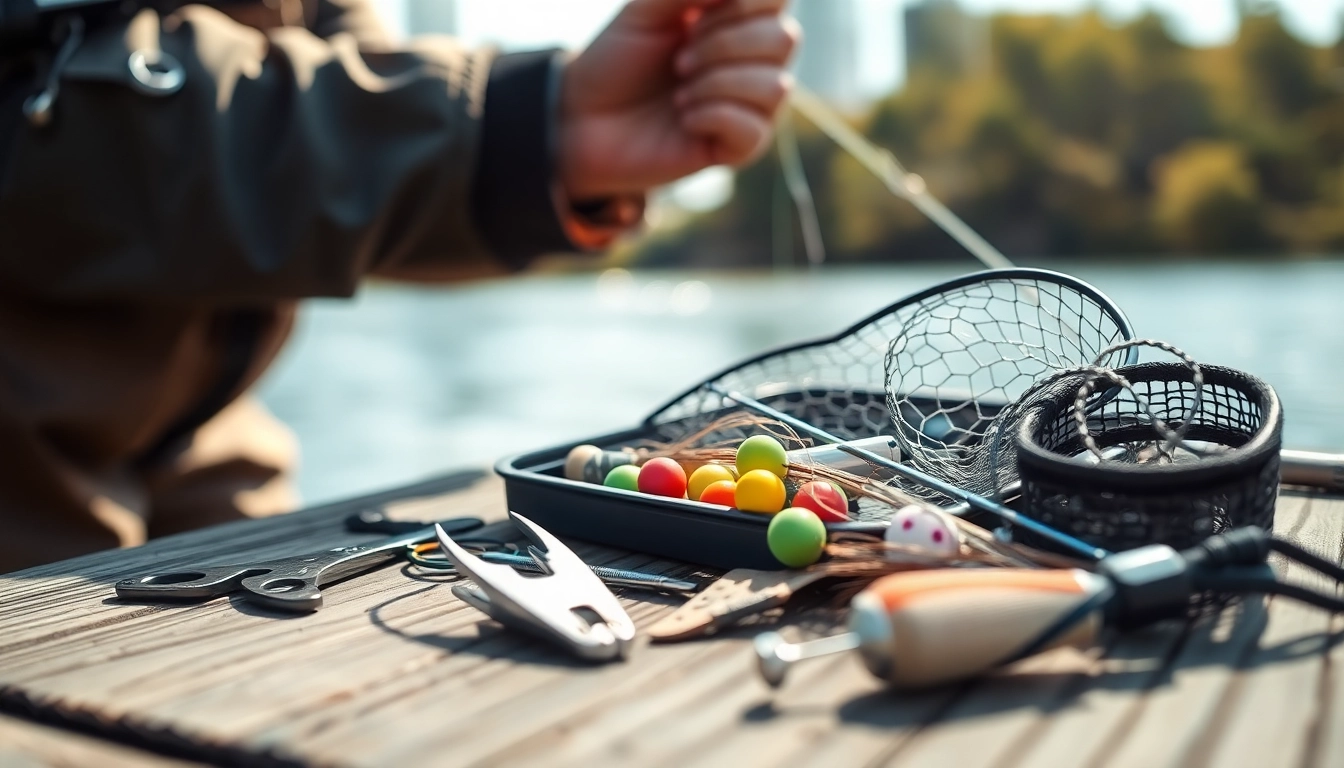


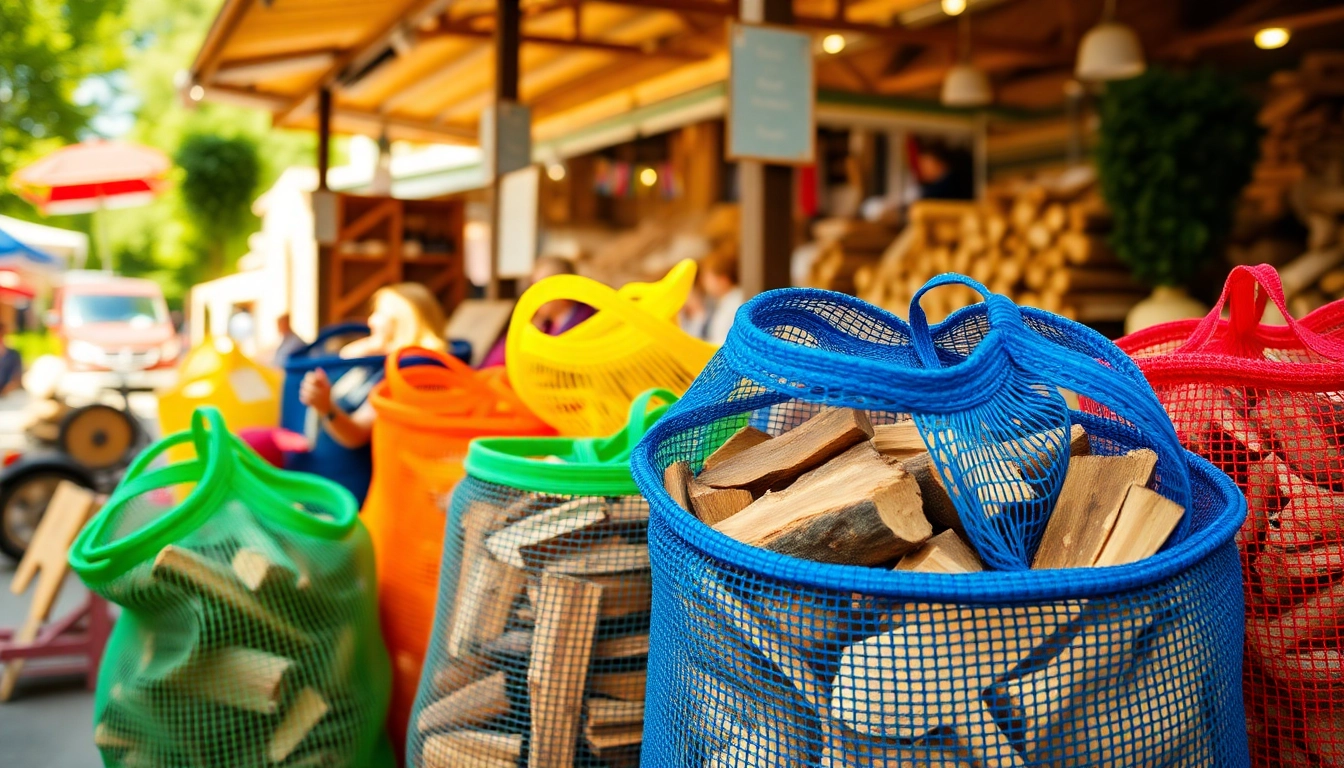




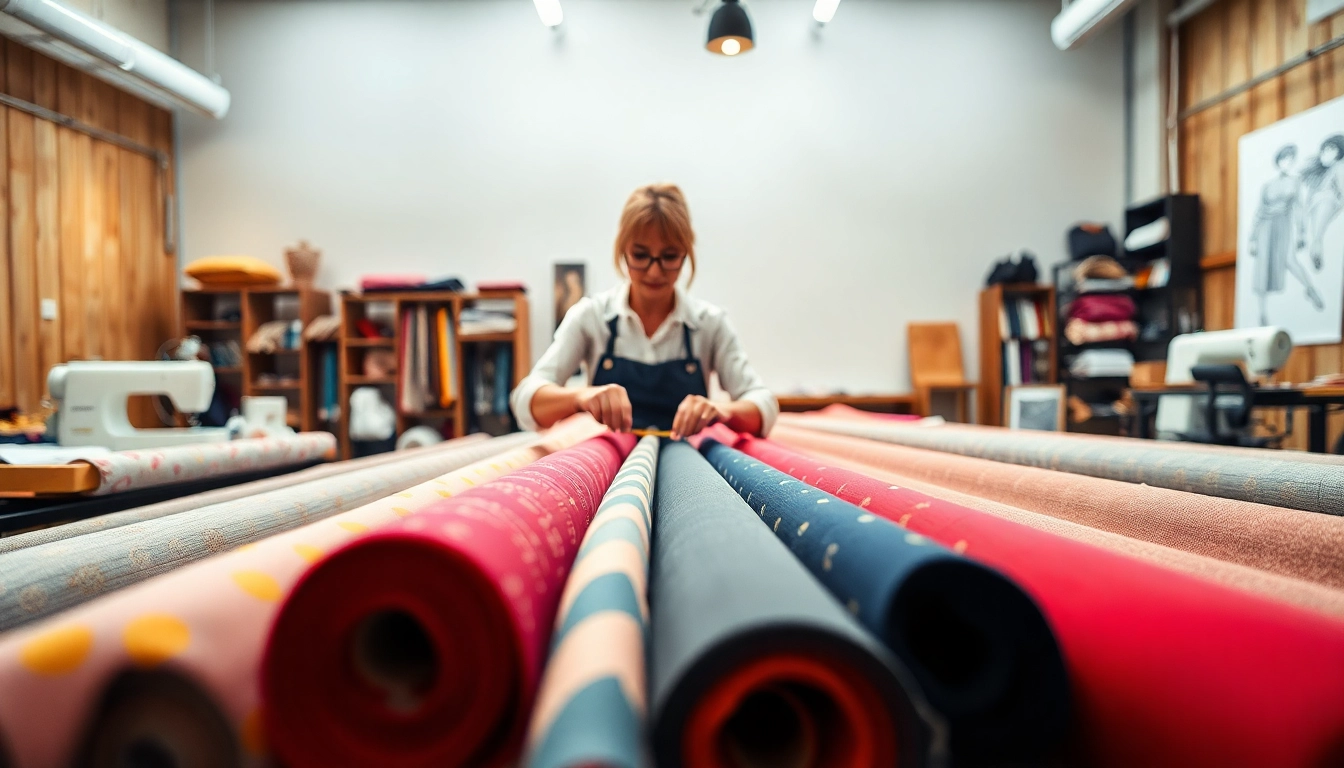

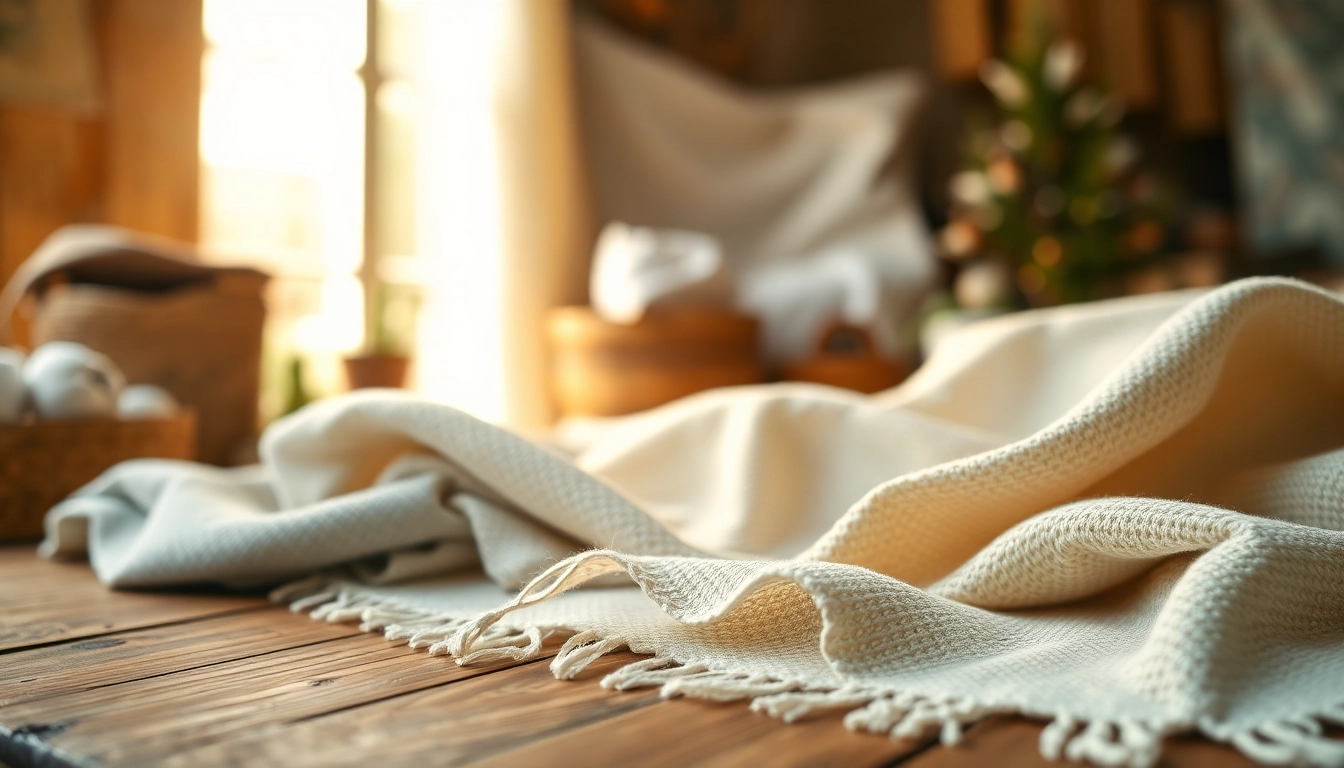


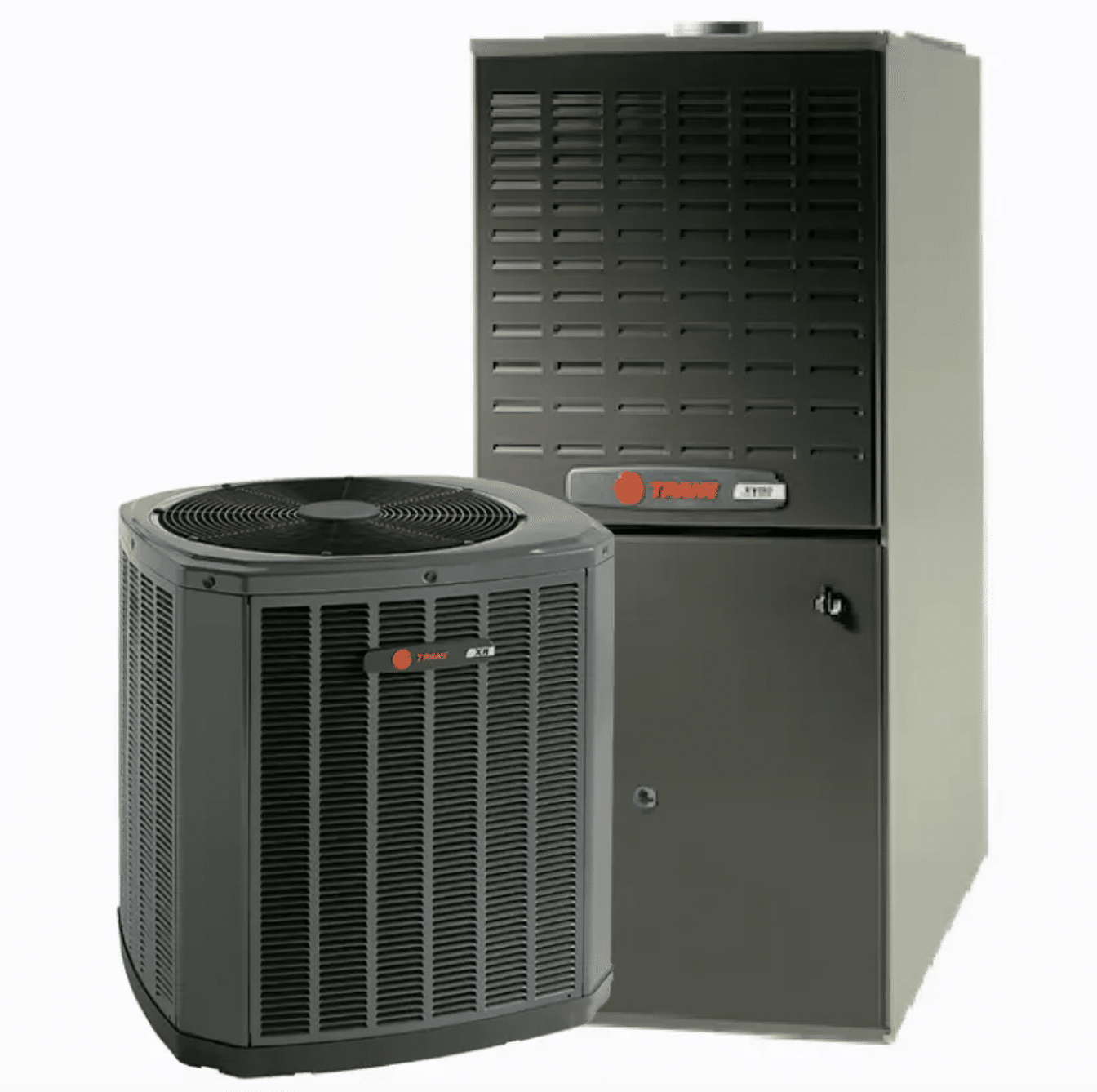

Leave a Reply